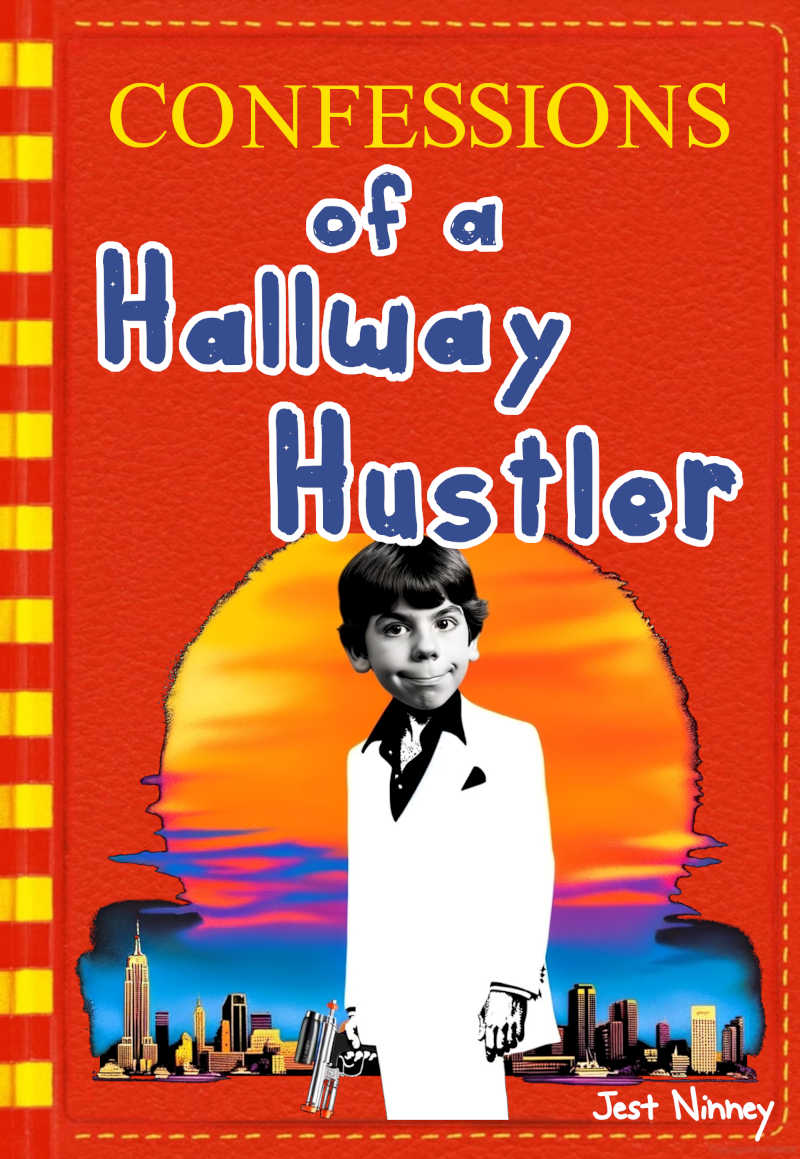Introduction
Parody is a form of satire that mimics the style or content of a subject to create a humorous or critical effect. In the digital age, internet memes have become a prominent vehicle for parody, especially in the realm of political and social commentary.
This article will delve into the use of parody in internet memes, citing five specific examples to illustrate how parody is employed and to what effect.
What is a Meme?
Before diving into the examples, it’s important to define what a meme is. A meme is a piece of media, often an image or a video, that spreads rapidly online and is usually accompanied by a caption.
Memes can be funny, thought-provoking, or even offensive, but they are primarily designed to be shared, thereby spreading a particular message or sentiment.
Example 1: “Distracted Boyfriend”
Description
The “Distracted Boyfriend” meme features a stock photo of a man looking at another woman while his girlfriend looks on disapprovingly.
Use of Parody
This meme parodies the concept of infidelity and distraction by substituting the characters in the image with various other subjects, such as political figures or social issues.
Effect
The meme has been used to comment on a wide range of topics, from political disloyalty to the fickleness of public attention. It serves as a humorous critique of how easily people or entities can be distracted from important issues.
Example 2: “Mocking SpongeBob”
Description
The “Mocking SpongeBob” meme uses an image of SpongeBob hunched over in a strange pose to mock a statement or an opinion.
Use of Parody
The meme parodies the original statement by repeating it in a mix of uppercase and lowercase letters, suggesting a mocking tone.
Effect
This meme is often used to ridicule statements considered to be naïve or self-contradictory. It serves to undermine the original statement by making it appear foolish or illogical.
Example 3: “Two Buttons”
Description
The “Two Buttons” meme features a cartoon character struggling to choose between two buttons, each labeled with a contradictory statement or choice.
Use of Parody
This meme parodies decision-making dilemmas, often highlighting the hypocrisy or inconsistency in political or social stances.
Effect
The meme effectively points out contradictions in arguments or beliefs, forcing the viewer to confront the illogical or hypocritical nature of the subject being discussed.
Example 4: “This Is Fine”
Description
The “This Is Fine” meme shows a cartoon dog sitting in a room that’s on fire, saying “This is fine.”
Use of Parody
The meme parodies the way people often react to crises or bad situations by pretending that everything is okay.
Effect
The meme serves as a critique of complacency and denial, often used in the context of political or social issues that are being ignored or mishandled.
Example 5: “Pepe the Frog”
Description
“Pepe the Frog” is a cartoon character that has been widely used in various meme formats.
Use of Parody
The character itself has been parodied and adapted to comment on a range of issues, from innocent jokes to controversial political ideologies.
Effect
While originally innocent, the meme has been co-opted for various purposes, including hate speech, demonstrating the potential for memes to be used both positively and negatively.
The Impact of Parody Memes
Parody memes serve multiple functions. They can be a form of entertainment, but they can also serve as a tool for social and political critique. By using humor and irony, these memes can make complex or controversial issues more accessible, thereby engaging a wider audience. However, the ease with which memes can be created and shared also poses risks, such as the spread of misinformation or the co-opting of memes for harmful purposes.
Conclusion
Parody in internet memes is a powerful tool for commentary on social and political issues. Through the use of humor and irony, memes like “Distracted Boyfriend,” “Mocking SpongeBob,” “Two Buttons,” “This Is Fine,” and “Pepe the Frog” offer insights into societal attitudes, hypocrisies, and contradictions.
As memes continue to evolve, their impact as a form of parody and commentary is likely to grow, offering both opportunities and challenges for public discourse.
Further study
- Shifman, L. (2014). Memes in Digital Culture. MIT Press.
- Milner, R. M. (2016). The World Made Meme: Public Conversations and Participatory Media. MIT Press.
- Varis, P., & Blommaert, J. (2015). Conviviality and Collectives on Social Media: Virality, Memes, and New Social Structures. Multilingual Margins.
- Wiggins, B. E., & Bowers, G. B. (2015). Memes as Genre: A Structurational Analysis of the Memescape. New Media & Society.
- Fuchs, C. (2014). Social Media: A Critical Introduction. Sage.
Note: This article is written for educational purposes and aims to provide an objective overview of the subject. It does not endorse any political views.

